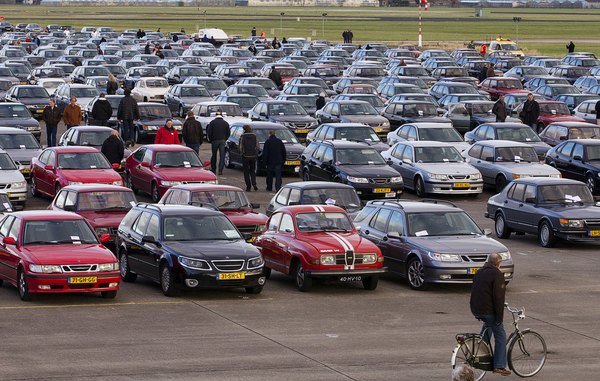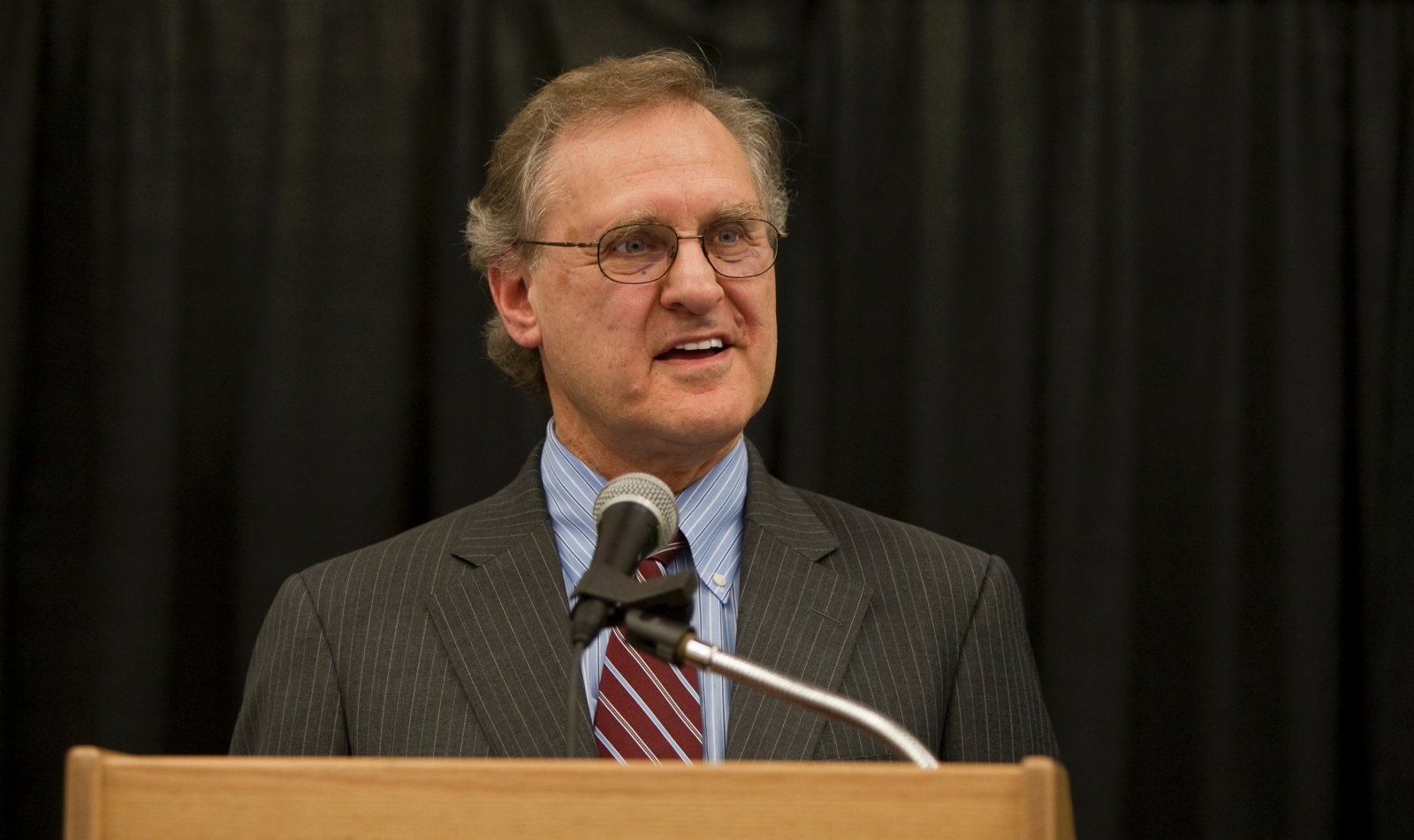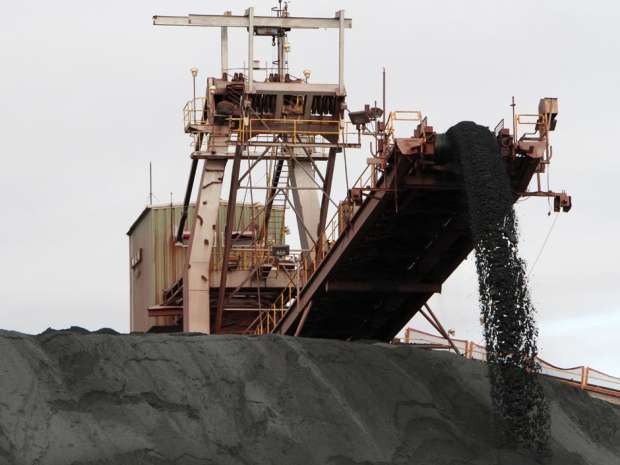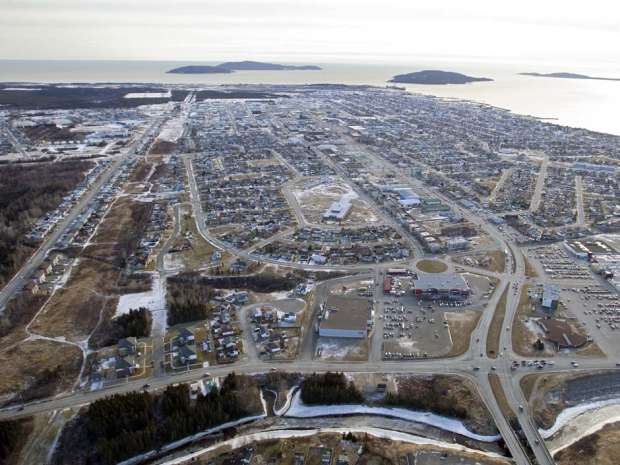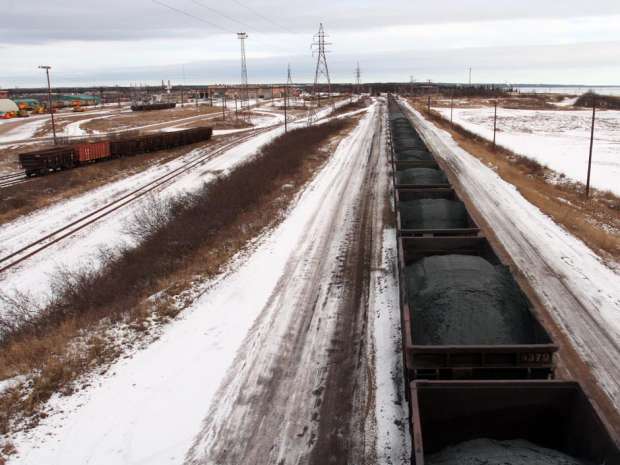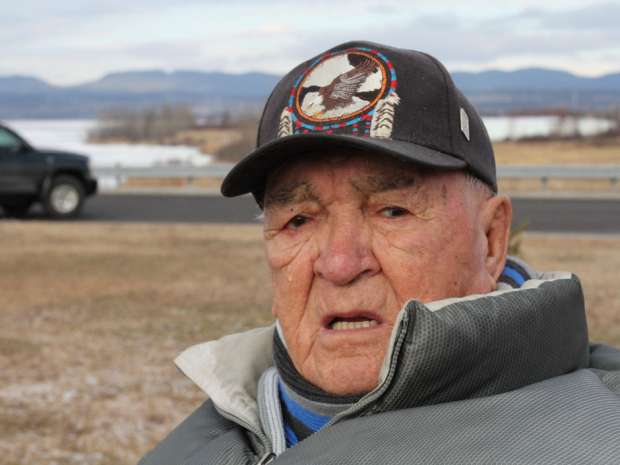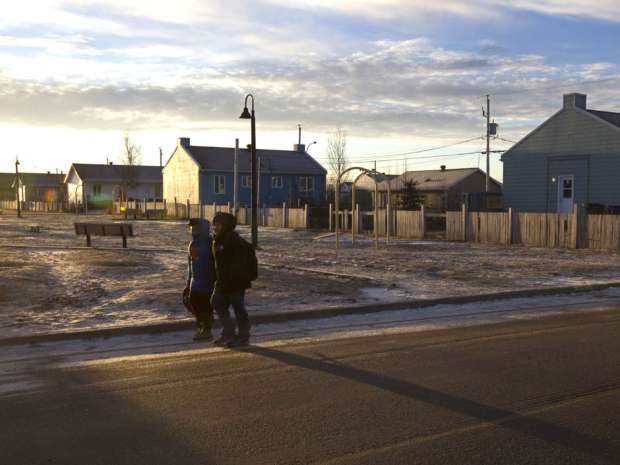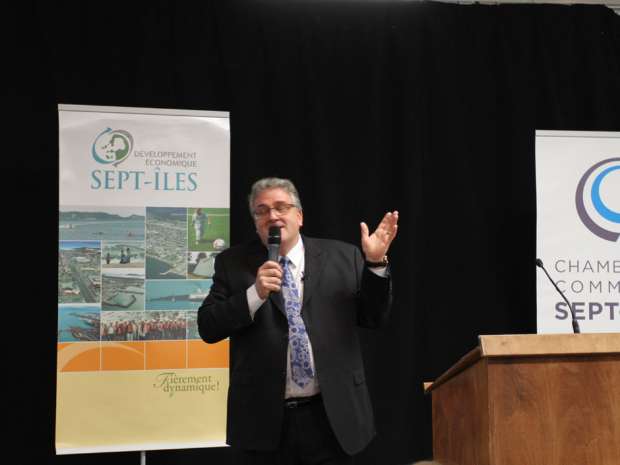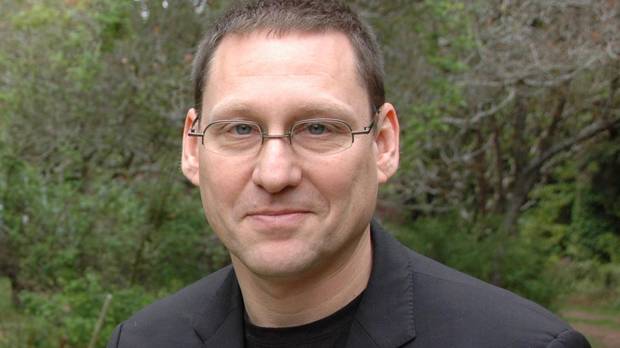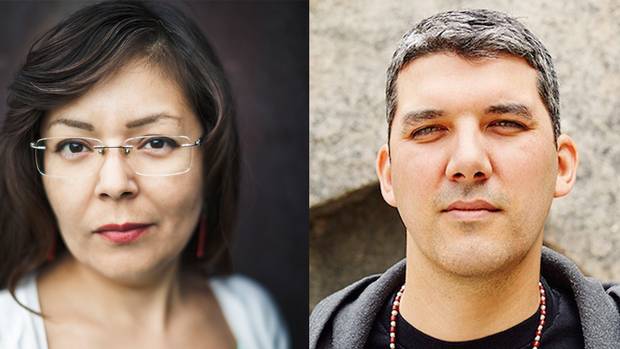Opposition to pipelines is not anti-Alberta
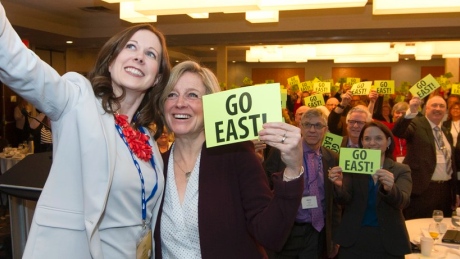
by Andrea Harden Donahue, Melina Laboucan-Massim, reposted from Ricochet, Apr 15, 2016
Alberta Premier Rachel Notley, to her credit, has made important strides, particularly with her promise to phase out the burning of coal for power. But her speech at the recent NDP convention, as well as her press conference on Monday, shows a disconnect between her words and actions.
The premier’s promises to respect Indigenous rights and cut climate pollution are undercut by her support for TransCanada’s controversial 1.1 million barrel-per-day Energy East pipeline, which would run from Alberta to a new export port in Saint John, New Brunswick.
We suspect many within the environmental and social justice movements have held back from putting pressure on the new government, but TransCanada clearly has not. Look no further than the corporation’s Energy East project website to see a picture of the premier proudly holding a “Go East” sign.Premier Notley is wrong on Energy East, and she’s wrong on the need to get oil to tidewater.
Here’s why.
Respect for Indigenous rights includes communities along the pipeline path
Premier Notley promised to re-establish the critical relationship with Albertan First Nation peoples. Implementing the UN Declaration on the Rights of Indigenous Peoples is central to this commitment. At the centre of UNDRIP is the principle of free, prior and informed consent. Simply put, this means accepting an informed yes or no to projects on Indigenous lands.
While Energy East is still in the initial stages of review, Indigenous resistance appears to be following the same trajectory as it has with the Enbridge Northern Gateway and Kinder Morgan pipelines.
Several Indigenous communities along Energy East’s 4,400-kilometre pipeline path are already raising red flags with the project itself, as well as failures to adequately consult. This includes Treaty 3, the Iroquois caucus and the Wolastoq Grand Council.
Premier Notley’s cheerleading for Energy East and her promise to respect UNDRIP are on a collision course.
Energy East won’t save Alberta’s economy
The pipeline would further bind the Albertan economy to the volatile booms and busts of the global oil markets and the high risks of stranded heavy carbon assets in an era when these investments represent the past, not the future. This reality is recognized in the Leap Manifesto.
Energy East would be the largest tar sands pipeline yet. Filling the massive pipeline threatens to facilitate a nearly 40 per cent increase in tar sands production, generating up to 32 million tonnes of climate pollution every year.
Energy East infrastructure will lock us into production of 1.1 million barrels per day for at least 40 years. This is past the 2050 deadline referenced in the Paris agreement for weaning our economies and societies off of fossil fuels in order to limit temperature rise to 1.5 C.
This is not a pipe dream. The core challenge lies not in our collective ability to achieve it technologically, but in political will.
Meanwhile, Energy East puts the drinking water sources of over 5 million Canadians at risk from a diluted bitumen pipeline spill.
There are solutions: being anti-Energy East isn’t anti-Albertan
We aren’t saying the choices that Notley faces are easy. The pressures on her government are clear.
Workers and their families, even whole communities, are hurting in Alberta. No one wants this. We don’t want this.
The problem is that more of the same is not the best medicine.
A new poll asking Albertans how they would like revenue raised by a proposed carbon tax spent indicates that by more than a two-to-one margin, people favour spending it on green energy projects, transit and energy efficiencies.
Alberta has the immediate potential to generate over 100,000 jobs in renewables, energy efficiency and sustainable transportation. Electricians, machinists, welding and engineering jobs — these can be green jobs. Iron and Earth, an organization led by tar sands workers, is setting an important example in its call for training and programs that support renewable energy and job creation.
While we commend the Alberta government on the renewable and efficiency portions in the new budget, we believe a just transition means not only supporting workers, but also First Nation and Métis communities that have suffered the brunt of environmental devastation happening in their homelands due to immense resource extraction.
The climate crisis means that things have to change, but Alberta can lead the way on what that change looks like so we can all weather the storms ahead together.
Rather than push for Energy East, Premier Notley can fully embrace the needed just transition to a green economy in Alberta.
